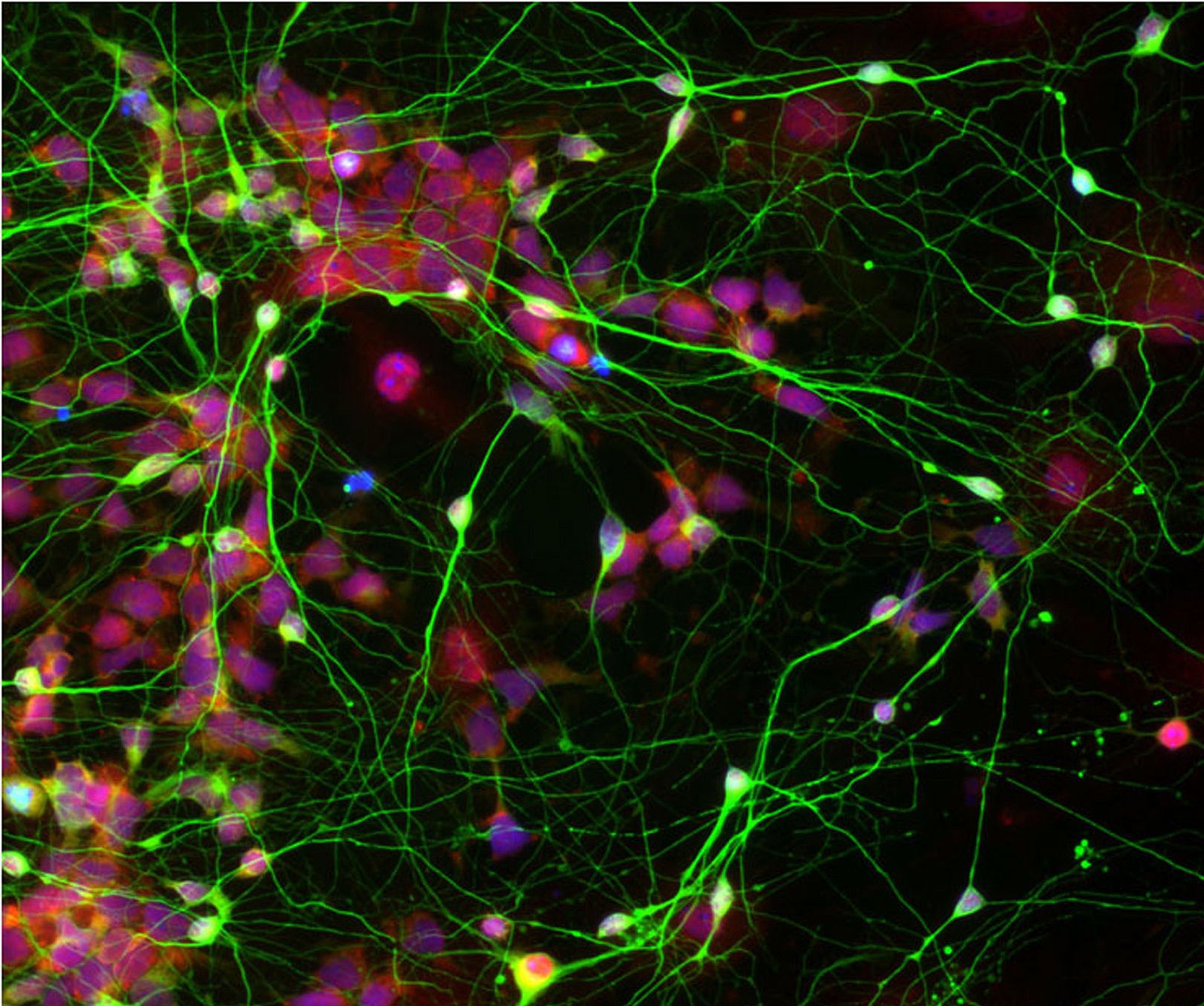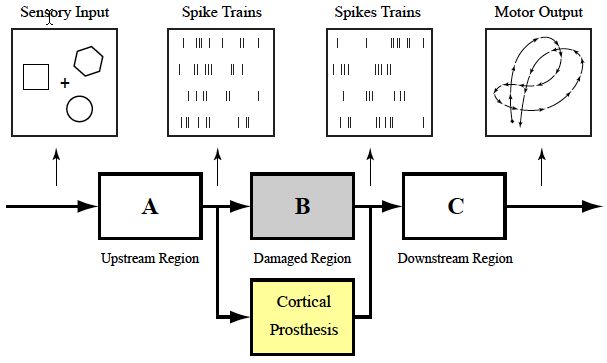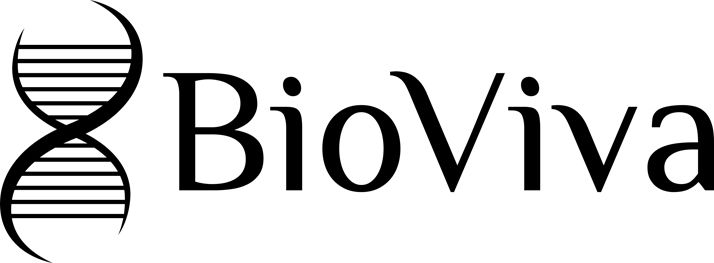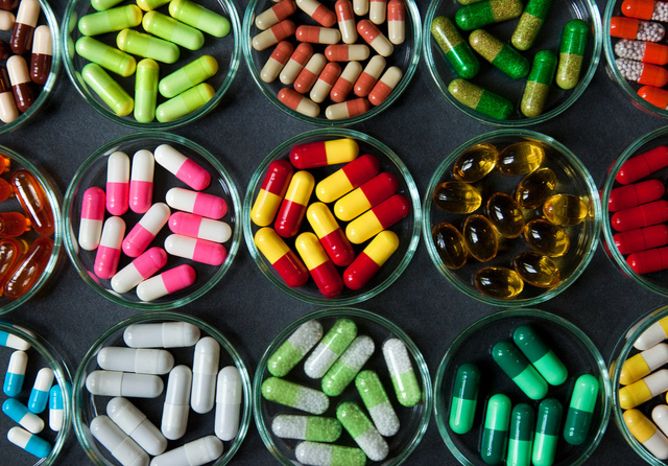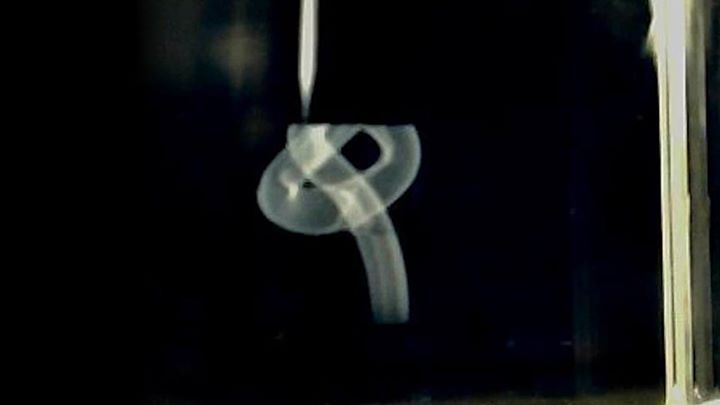Oct 3, 2015
How Do Brain Stem Cells Age? Their Damage Filter Breaks Down
Posted by Robert James Powles in categories: biotech/medical, life extension, neuroscience
Could discovering how neural stem cells protect themselves from damage lead to treatment that helps combat aging?
We now know that stem cells in the brain do in fact divide, and that this regenerative capacity begins to falter with age. The majority of our cells don’t divide, and the bulk of division falls to stem cell niches dotted across our body. Stem cell populations do age, but they’re more resistant than ‘normal’ cells are, and they produce higher levels of telomerase — enabling them to divide for years.
How do brain stem cells remain free of damage?
Continue reading “How Do Brain Stem Cells Age? Their Damage Filter Breaks Down” »
